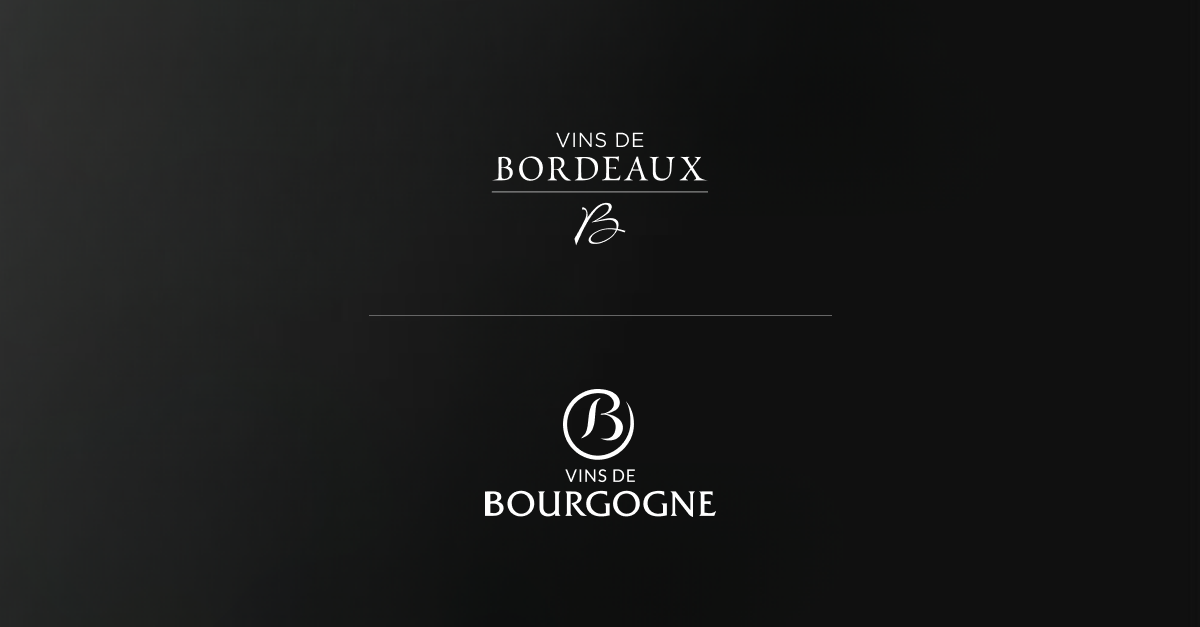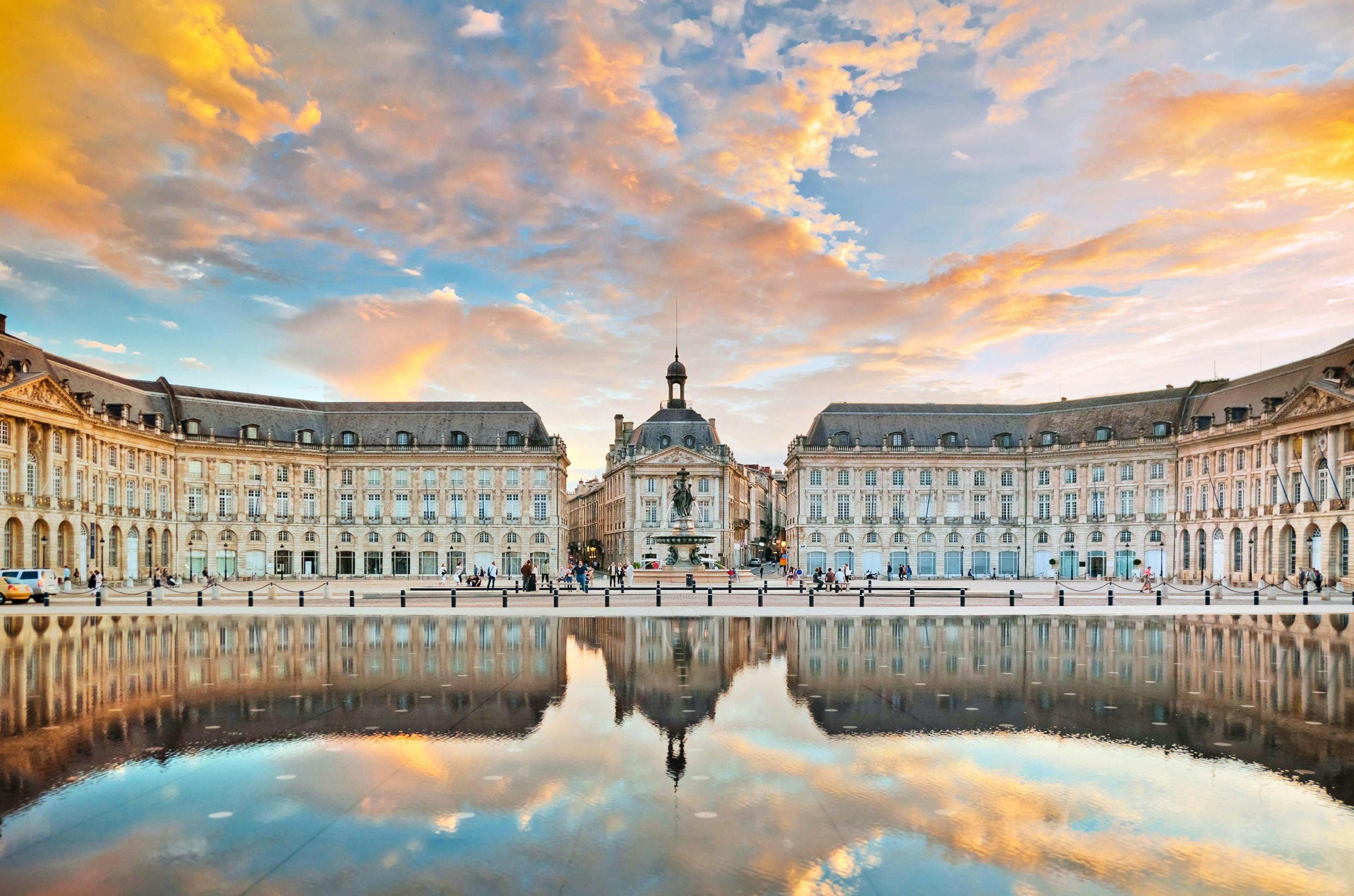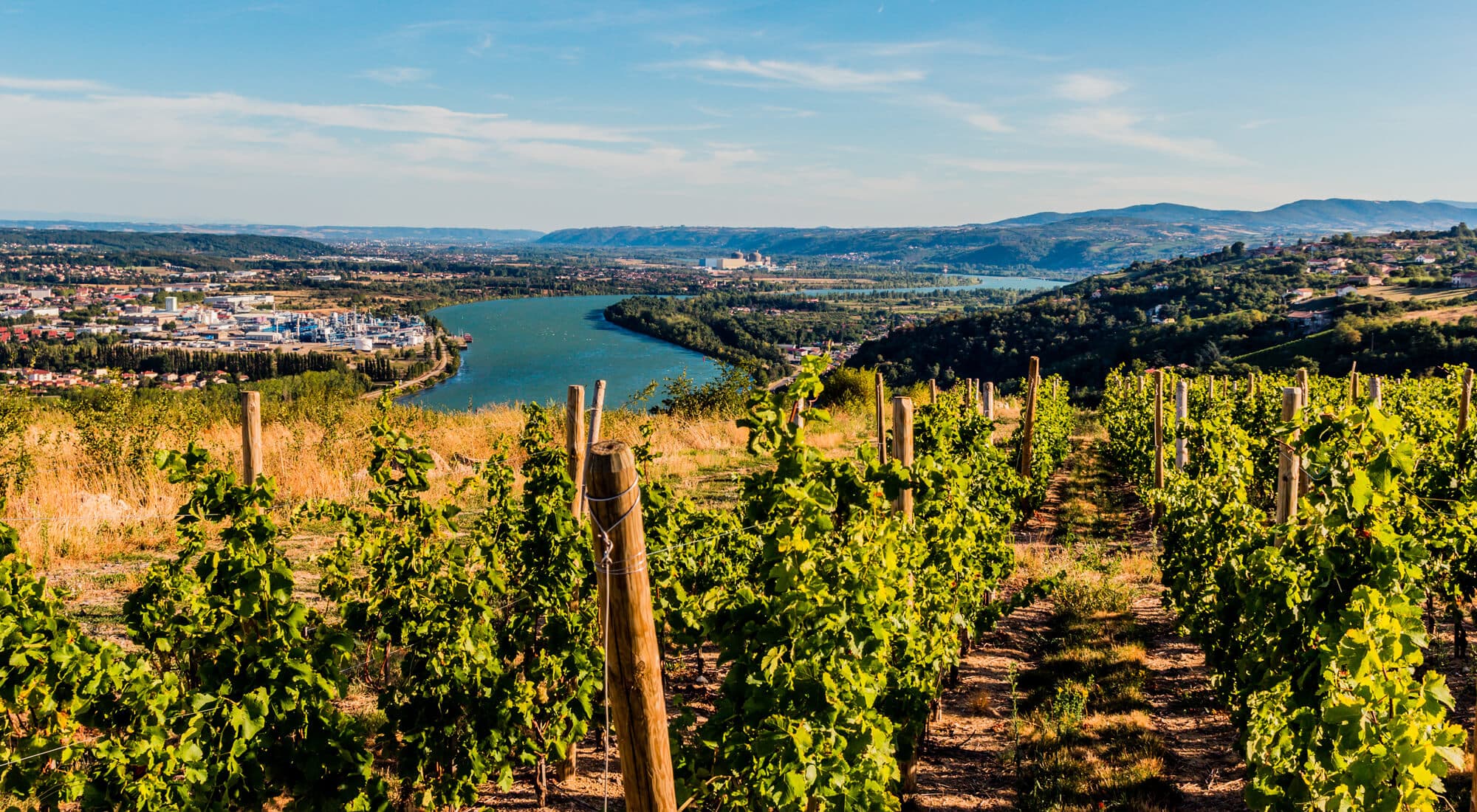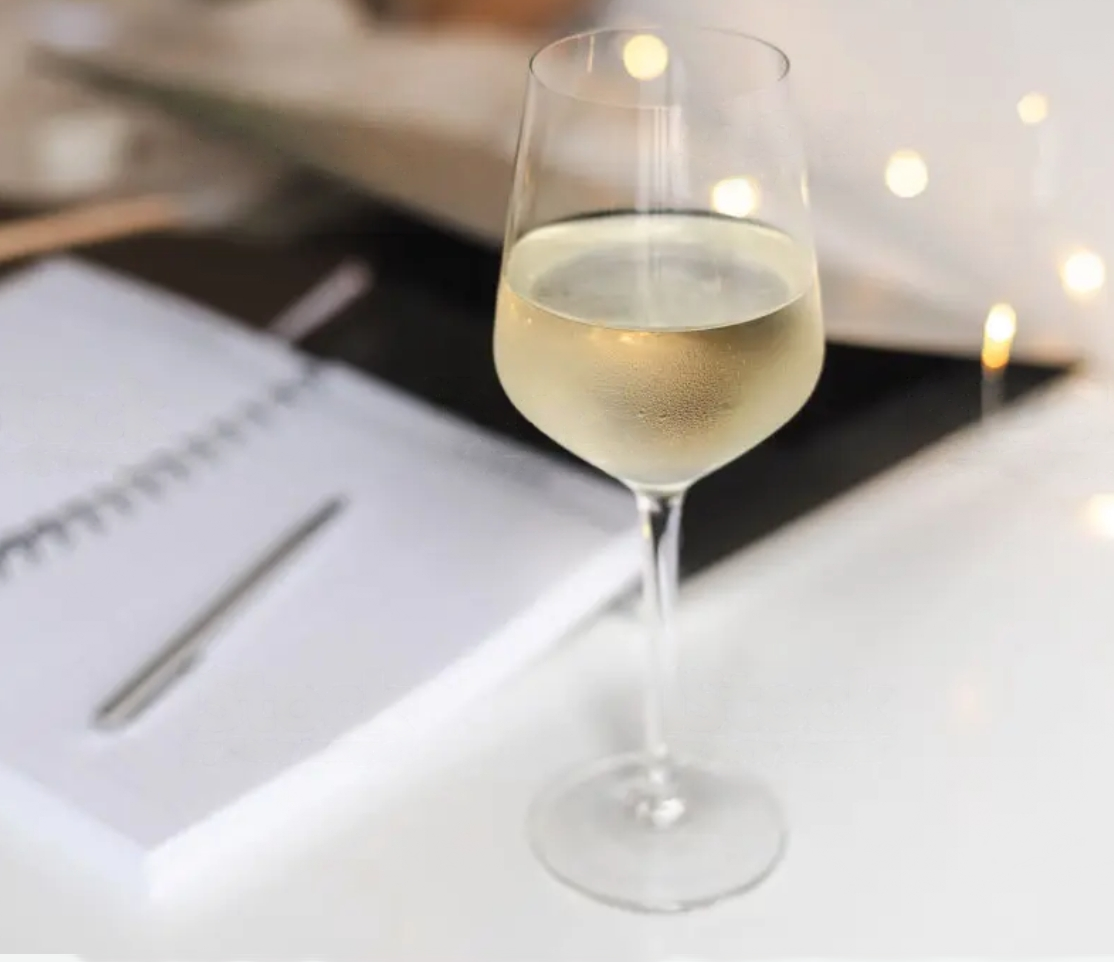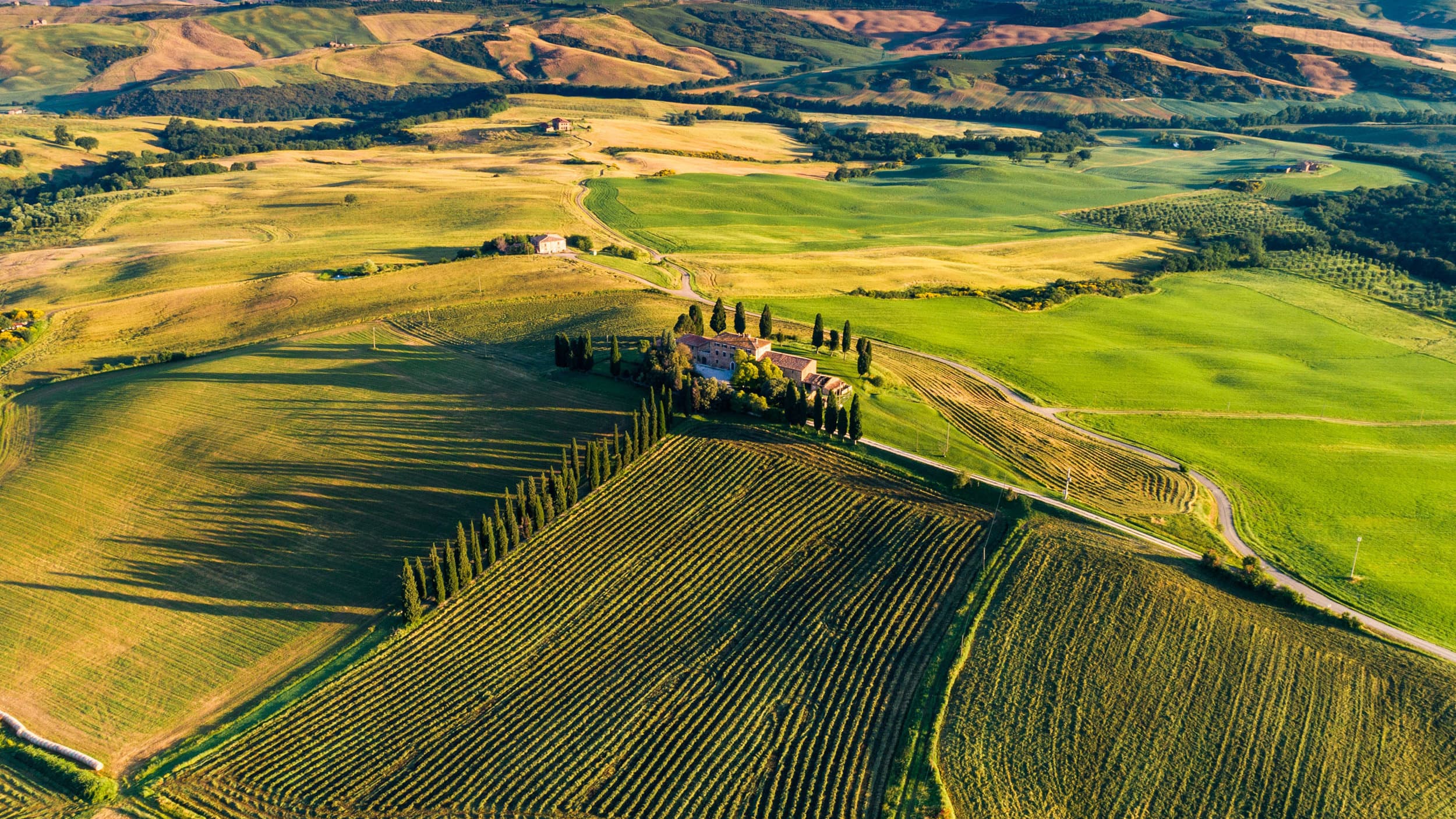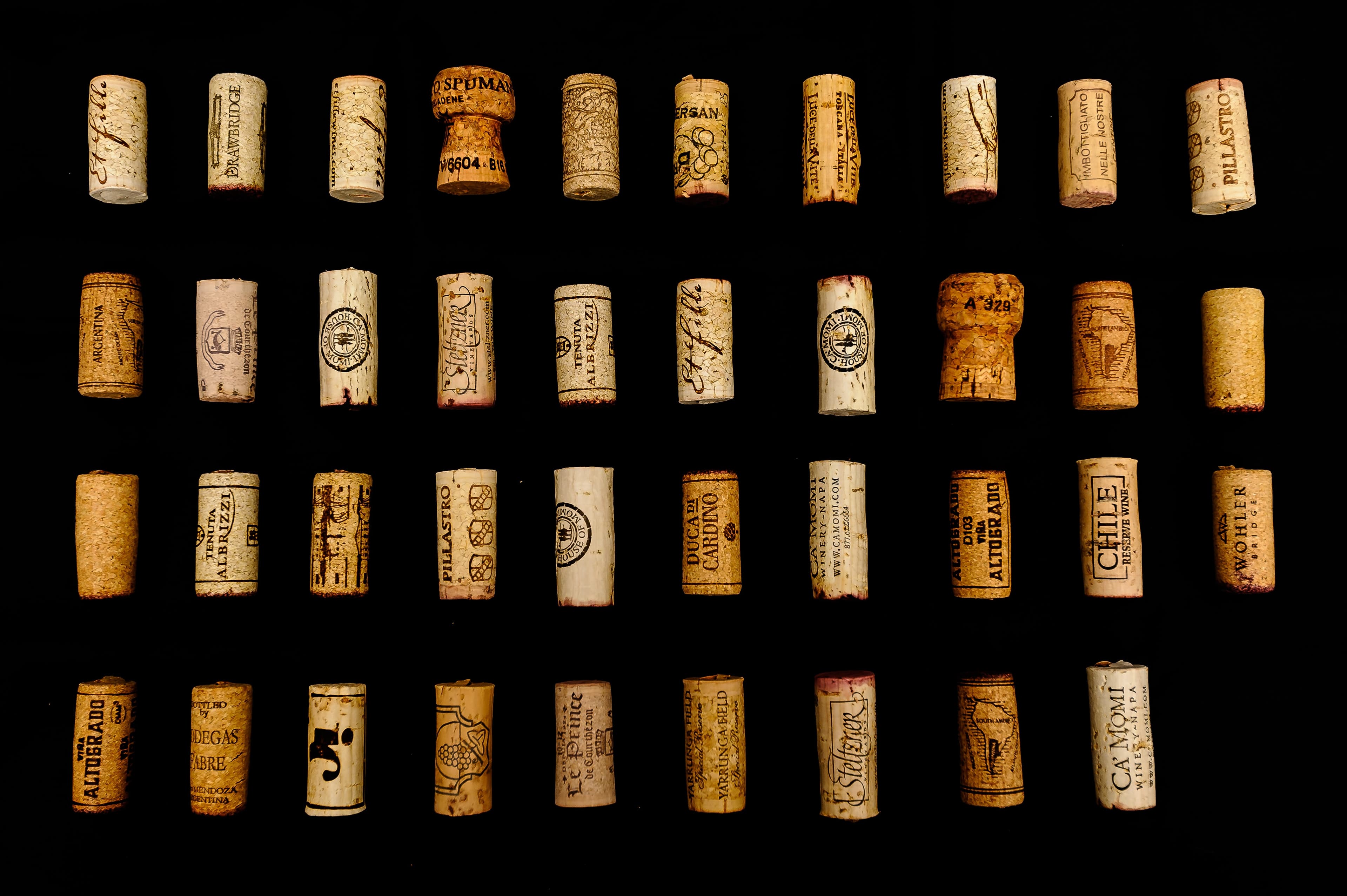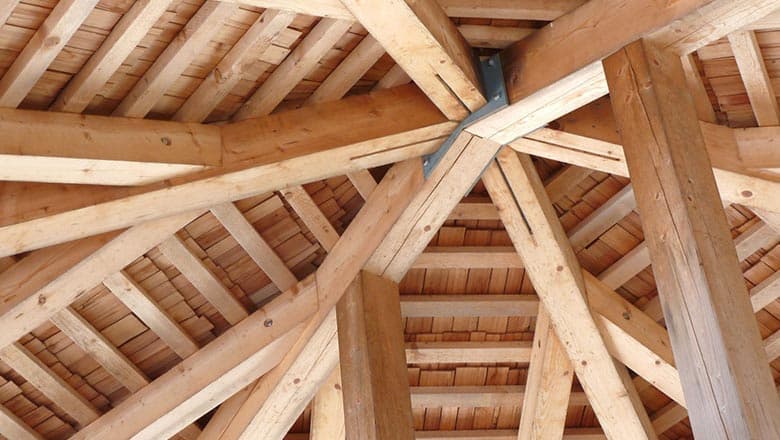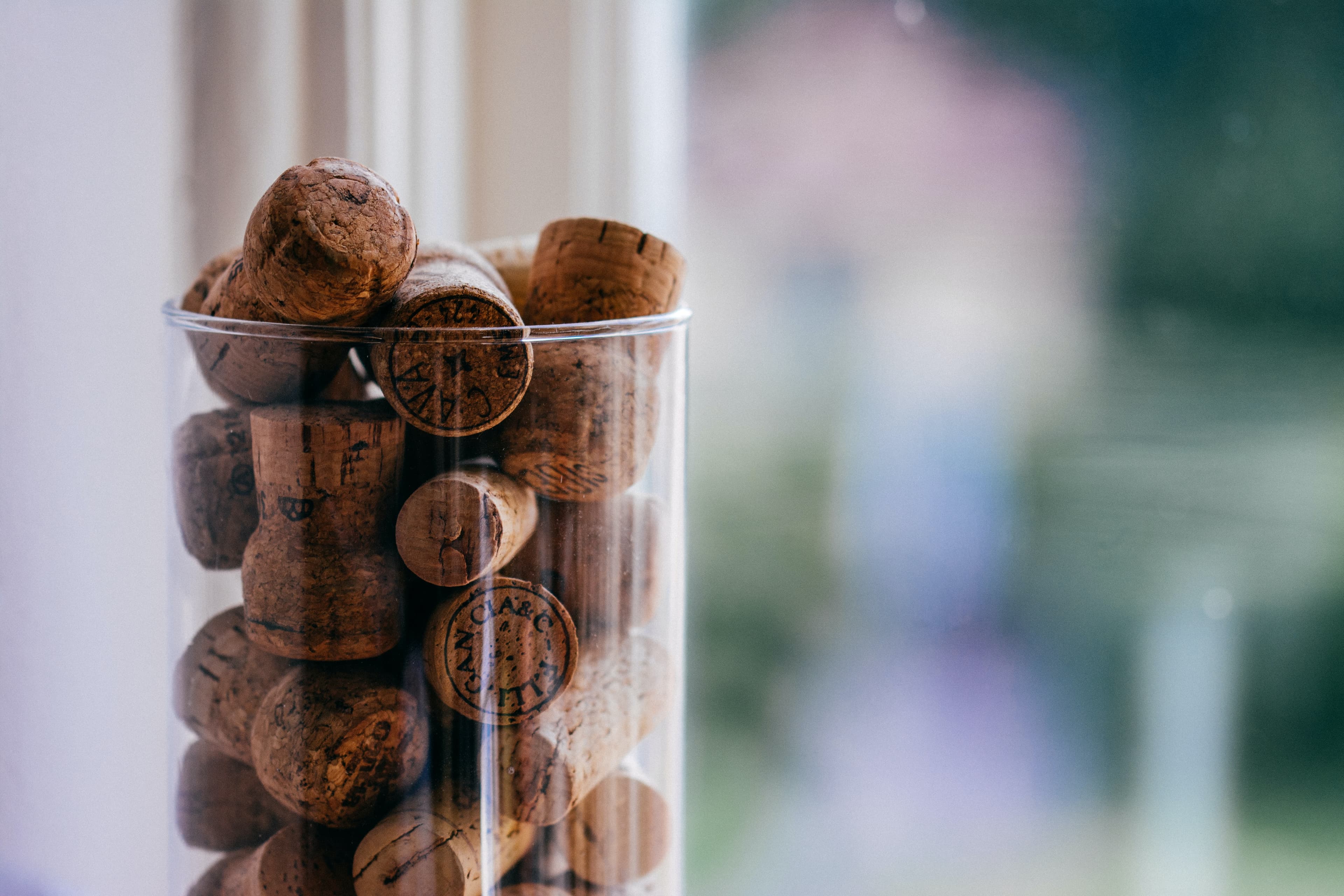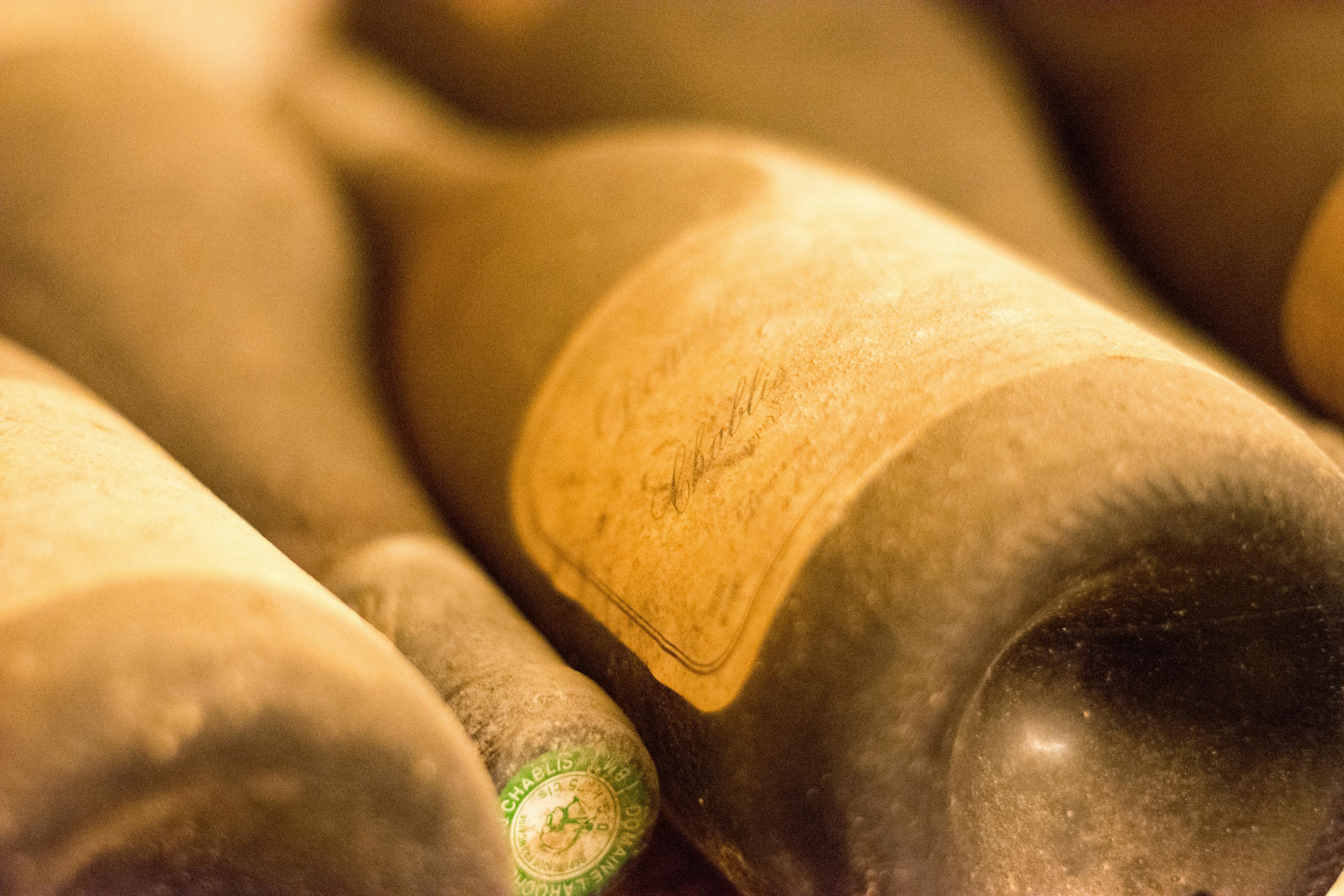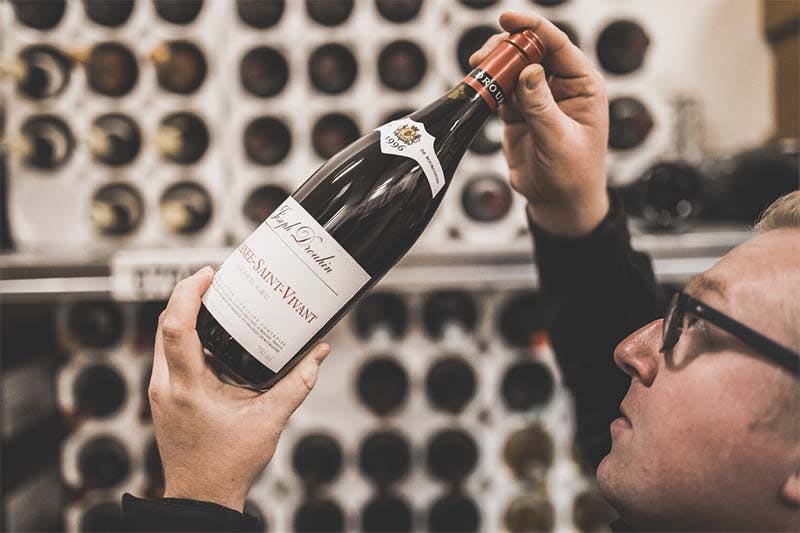What is the History Behind Chateau Margaux?
13 min read
Head of Content

Chateau Margaux stands as a monumental icon in the world of fine wines, boasting a history that intertwines with the very essence of luxury and sophistication in viticulture. Nestled in the Bordeaux region of France, this esteemed vineyard has been at the forefront of wine production for centuries. Its story is not just about wine, but also about the people, the architecture, and the evolving practices that have shaped its legacy. Discover the fascinating journey of Chateau Margaux through the ages, from its origins to its current status as a beacon of quality and elegance in the wine industry.
Origins: The Early Days of Chateau Margaux
Chateau Margaux, one of the most prestigious vineyards in the world, has a rich history that dates back to the 12th century. Initially known as "La Mothe de Margaux," the estate was not yet famous for its wine but rather as a fortified stronghold. However, by the 16th century, the estate began to gain recognition for its exceptional terroir when the Lestonnac family transformed it into a dedicated vineyard.
17th Century Expansion: The pivotal transformation came under the ownership of Pierre de Lestonnac who, over a decade, shifted the estate's focus from mixed farming to exclusively cultivating vines. This period marked the beginning of the estate's development into a renowned wine-producing chateau.
18th Century Architectural Development: In the 18th century, the estate saw significant architectural advancements under the ownership of the Marquis de la Colonilla. The chateau that stands today was constructed during this era, reflecting the classical style that was popular at the time, which contributed to its aesthetic as much as its wines contributed to its fame.
Innovation in Winemaking: Chateau Margaux was also a pioneer in winemaking techniques during the early days. They were among the first to implement the practice of aging wine in oak barrels, significantly impacting the quality and style of the wine.
Discover more facts about Chateau Margaux to understand how its prestigious history and innovations in viticulture and architecture have positioned it as a leader in the wine industry.
The Architectural Evolution of the Chateau
The architectural evolution of Chateau Margaux is as rich and storied as the wines it produces. Initially built in the 12th century as a fortified castle, the Chateau underwent significant transformations to become the neoclassical palace we recognize today. The pivotal change occurred in the early 19th century, under the ownership of the Marquis de la Colonilla.
In 1810, the Marquis commissioned renowned architect Louis Combes to redesign the estate. Combes introduced the Palladian style, which was inspired by the Venetian architect Andrea Palladio. This style is characterized by its symmetry, classical forms, and grand scale. The result was a majestic facade, complete with a grand Ionic portico, which has become an iconic symbol of the Chateau.
Further enhancements included:
The addition of a remarkable 100-meter-long cellar, designed by the engineer Bertand Artigues, which ensured optimal conditions for enjoying the aging wines.
Ornate landscaping around the property, featuring English gardens that complement the classical architecture and provide a serene backdrop.
Modernization of the winemaking facilities in the late 20th century to incorporate technological advancements while preserving traditional techniques.
These architectural evolutions not only enhanced the beauty and functionality of Chateau Margaux but also mirrored its commitment to excellence in winemaking.
Historical Figures and Their Impact on Chateau Margaux
Chateau Margaux, one of the world's most prestigious vineyards, has been shaped significantly by various historical figures whose influence is evident in the craftsmanship that defines its wines. The estate's history is particularly marked by the contributions of several key individuals:
Pierre de Lestonnac (1582-1647): Lestonnac restructured the estate's lands from primarily grain production to vineyards, setting the foundation for the future of Chateau Margaux.
Elie du Barry (1700s): As the owner during the 18th century, du Barry modernized the vineyard management practices and improved the quality of the wine, helping to establish its reputation in the Bordeaux region.
Thomas Jefferson (1743-1826): The third President of the United States and a renowned wine connoisseur, Jefferson visited Chateau Margaux in 1787. His endorsements and notes on the wine significantly boosted its international fame.
Bertrand Douat, Marquis de la Colonilla (19th century): The Marquis commissioned the renowned architect Louis Combes to design the chateau’s famous neo-Palladian mansion, which became a landmark and symbol of the estate's grandeur.
These figures not only impacted the architectural and agricultural development of Chateau Margaux but also contributed to its ethos of quality and excellence that continues to this day. Their legacies are a testament to the enduring allure and respect commanded by Chateau Margaux in the wine world.
Milestones: Key Events in the History of Chateau Margaux
Chateau Margaux, one of the most prestigious vineyards in the world, has a rich history marked by several significant events. The estate's origins trace back to the 12th century, but it was in the 17th century when its reputation truly began to flourish. Pierre de Lestonnac restructured the estate over a ten-year period, transitioning the primary crop from mixed farming to exclusively vineyards, setting the foundation for the modern wine estate.
In 1771, Chateau Margaux achieved a milestone by becoming the first claret to be auctioned in the Christie's catalog, a testament to its growing prestige. The 19th century brought architectural elegance to the estate with the commissioning of the renowned architect Louis Combes, who designed the impressive neo-Palladian mansion that remains a landmark.
The vineyard's reputation continued to grow, and in 1855, Chateau Margaux was awarded First Growth status in the Bordeaux Wine Official Classification, an accolade that confirmed its exceptional quality. This classification was pivotal, as it officially recognized Chateau Margaux as one of the top wines globally.
Throughout the 20th and 21st centuries, the estate has seen continuous innovation and quality improvement, including the introduction of a new underground cellar in 2012. Each of these milestones not only reflects the rich history of Chateau Margaux but also its enduring legacy and influence in the world of fine wines. For enthusiasts looking to enhance their experience, exploring food pairings with Chateau Margaux can provide delightful culinary journeys.
The Role of Chateau Margaux in French Wine Laws
Chateau Margaux has played a pivotal role in shaping French wine laws, particularly through its influence on the classification systems and appellation rules. As one of the premier estates in Bordeaux, its history and reputation have set standards that impact how wine quality is governed in France.
Classification Impact: Chateau Margaux was one of the four original chateaux to be classified as a First Growth in the Bordeaux Wine Official Classification of 1855. This prestigious recognition not only elevated the status of Chateau Margaux but also helped establish a formal classification system that is still respected today.
Appellation Control: The estate's practices and the consistent quality of its wines have been instrumental in defining the criteria for the Margaux appellation. This includes strict regulations regarding grape varieties, winemaking processes, and geographical boundaries.
Innovation in Wine Laws: Chateau Margaux has been at the forefront of advocating for changes in wine laws to incorporate modern viticultural and vinification techniques while maintaining the traditional values that define French wines.
The influence of Chateau Margaux extends beyond just legal frameworks; it also sets a benchmark for the taste and quality that other vineyards aspire to achieve, reinforcing its role in the evolution of French wine laws.
Ownership Changes and Their Influence Over the Years
Chateau Margaux, one of the most prestigious vineyards in the world, has seen numerous ownership changes that have significantly influenced its development and reputation. Initially established in the 12th century, the estate was not known for wine but rather as a fortified stronghold. The turning point came in the 16th century when the Lestonnac family transformed it into a dedicated vineyard, setting the foundation for its future success.
In the 17th century, Pierre de Lestonnac expanded the vineyard, increasing its size and thus its capacity to produce wine. However, it was the 19th century under the ownership of the Aguado and Pereire families that Chateau Margaux truly flourished. They invested heavily in the estate's infrastructure, including the iconic chateau, and improved viticultural techniques which elevated the quality of the wine.
The 20th century brought more turbulence with several changes in ownership due to financial difficulties, but each owner contributed to the legacy of Chateau Margaux. A notable period was under the guidance of the Ginestet family, who refined the wine's style and expanded its international market presence.
Today, understanding how to store Chateau Margaux is crucial for preserving its quality. Proper storage conditions include:
Maintaining a consistent temperature around 12-15°C (53-59°F)
Ensuring humidity levels are kept at 70%
Avoiding exposure to light and vibration
Storing bottles horizontally to keep the cork moist
These practices help maintain the integrity and flavor of the wine, reflecting the rich history and meticulous care that has defined Chateau Margaux over the centuries.
Chateau Margaux During War and Reconstruction
Chateau Margaux, one of the most esteemed wine estates in the world, has a storied past that includes significant periods of conflict and rebuilding. During the French Revolution, the chateau was not destroyed like many other estates, but it did suffer from neglect and mismanagement. The vineyards were left untended, and the quality of the wine deteriorated. However, the 19th century brought a period of revival for Chateau Margaux under the ownership of the Aguado and Lestapis families, who invested in restoring the estate to its former glory.
The onset of World War II marked another challenging era for Chateau Margaux. The property was occupied by German forces, and the wine production was commandeered for their use. Despite these hardships, the estate's resilient spirit shone through. Post-war, a significant reconstruction effort was undertaken to repair the damage inflicted during the occupation. This period of rebuilding was crucial in preserving the heritage and ensuring the continuity of high-quality wine production at the estate.
Today, Chateau Margaux stands as a testament to its rich history of resilience and excellence. Learning how to properly serve Chateau Margaux can enhance the experience of enjoying this prestigious wine, reflecting its storied past and the meticulous care that goes into each bottle.
Innovations Introduced by Chateau Margaux Over the Centuries
Chateau Margaux, a renowned name in the wine industry, has been at the forefront of viticultural innovation for centuries. This prestigious estate has introduced several groundbreaking practices that have not only enhanced their own wine quality but also influenced the global wine industry.
Introduction of New Grape Varieties: Over the centuries, Chateau Margaux has experimented with various grape varieties to refine the flavor profiles of their wines. This adaptability has helped maintain their reputation for producing complex and balanced wines.
Pioneering Wine Aging Techniques: The estate was one of the first to implement aging in oak barrels, a practice that has now become a standard in fine winemaking. This method enhances the wine's richness and complexity, contributing significantly to the development of its distinctive character.
Innovative Vineyard Management: Chateau Margaux has been a leader in adopting organic and biodynamic farming practices. These sustainable approaches help preserve the terroir, ensuring that the quality of the soil and the health of the vineyard ecosystem are maintained.
Technological Advancements in Winemaking: The introduction of temperature-controlled fermentation tanks is another significant innovation by Chateau Margaux. This technology allows for more precise control over the fermentation process, leading to more consistent and high-quality wine production.
These innovations have played a crucial role in the production of popular vintages that continue to be celebrated by wine enthusiasts around the world.
The Global Recognition of Chateau Margaux Through History
Chateau Margaux, one of the world's most esteemed vineyards, has earned its global recognition through a rich history that dates back to the 12th century. Initially known as "La Mothe de Margaux," the estate was not always the grand winery it is today, but its potential was evident. By the 17th century, Chateau Margaux's wine was already highly regarded, particularly in England and the Netherlands, marking its first steps towards international fame.
17th and 18th Centuries: The chateau's reputation for producing high-quality wine solidified in Europe. Notable figures such as Thomas Jefferson, then ambassador to France, praised its wine, enhancing its status among the elite and wealthy.
19th Century: The 1855 Bordeaux Wine Official Classification was a pivotal moment for Chateau Margaux, as it was accorded the status of a first-growth vineyard. This classification further propelled its fame and solidified its position in the wine market.
20th and 21st Centuries: Despite challenges such as phylloxera infestation and economic downturns, Chateau Margaux continued to thrive. Modernization and innovation in wine production under the guidance of several passionate winegrowers helped maintain its high standards and global appeal.
The enduring characteristics of Chateau Margaux's wines, such as their complexity and elegance, have been instrumental in upholding its prestigious image and demand among wine connoisseurs worldwide.
Preserving Heritage: Efforts to Maintain Historical Integrity
Chateau Margaux, a renowned wine estate in Bordeaux, France, has made significant efforts to preserve its historical integrity while adapting to modern needs. The estate's commitment to maintaining its heritage is evident in several key initiatives:
Architectural Restoration: The main chateau, a neoclassical masterpiece designed by architect Louis Combes, was meticulously restored in the early 2000s. The restoration aimed to preserve the historical aesthetics while incorporating modern functionalities essential for wine production and tourism.
Vineyard Conservation: Chateau Margaux has continuously cultivated some of its vines for centuries. The estate employs traditional viticultural techniques to maintain the health and longevity of these old vines, ensuring that they continue to produce high-quality grapes. This practice not only preserves the vineyard's historical landscape but also contributes to the distinctiveness of its wines.
Historical Document Preservation: The estate maintains an extensive archive of historical documents, including vintage reports, harvest records, and correspondence. These documents are preserved in a climate-controlled environment to prevent deterioration, providing valuable insights into the estate's long and storied history.
Educational Programs: Chateau Margaux offers tours and tastings that emphasize its history and heritage. These programs are designed to educate visitors about the estate's past and its ongoing efforts to preserve its cultural significance.
Through these efforts, Chateau Margaux not only safeguards its historical integrity but also enhances its reputation and appeal as a living monument of wine history.
Conclusion
In conclusion, the rich history of Chateau Margaux is a testament to the enduring allure and prestige of one of the world's finest wines. From its origins in the 12th century to its status as a premier cru in the Bordeaux Wine Official Classification of 1855, and through various ownerships and renovations, Chateau Margaux has consistently produced wines that are a favorite among connoisseurs and collectors alike. Its story is not just about wine, but also about the people, the land, and the evolving practices that have shaped its legacy.
For enthusiasts looking to experience the legacy of Chateau Margaux, Rekolt offers a unique opportunity. Not only can you purchase these exquisite wines, but you can also opt for professional cellar storage to ensure that your investment is preserved under optimal conditions. This service is particularly beneficial for those who might consider reselling or trading their wines in the future. By choosing Rekolt, you are not just buying a bottle of wine; you are investing in a piece of history. Whether you are a seasoned collector or a new enthusiast, Rekolt provides the perfect platform to explore, purchase, and manage your wine investments with confidence and ease.
Share this article
